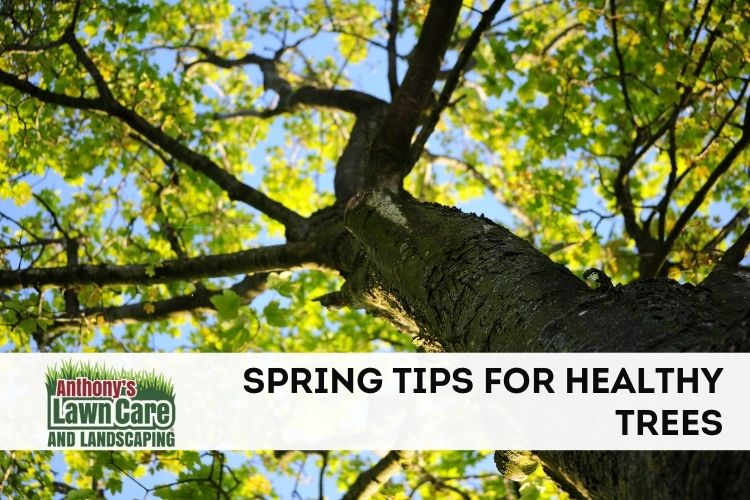Winter’s frost and fury can wreak havoc on even the most manicured trees and shrubs. And now that spring is on its way, the work must begin. But it can be a daunting task without knowing where to start, so having a handy checklist is essential to returning your property to its former glory. And at every stage, having a professional assist in the process can make the difference. We at Anthony’s Tree removal price ourselves on providing the best tree service in Bloomington and all of Southern Indiana, but if you are looking for tips on helping care for your property yourself here are some things to think about.
PREP:
Equipment: Gather your wheelbarrow and get ready with your pruning shears, claw, trowels, hoes, a ruler, a pocket knife, and a notebook and pen. Draw an aerial view of your garden and name each tree if that helps to separate their individual needs. Any permanent equipment should also be checked, like your irrigation systems if you have them. Turn it on and check the visible portions for any cracks or clogs.
Water Levels: Touch your soil and measure 6” into the ground by either digging or with a piece of wood to feel the water saturation below the surface. Most trees don’t benefit from too much water on the surface because it encourages the wrong kinds of roots. Take notes as to how wet the ground is both on the surface and deeper to see how intensely each tree needs to be watered going forward. Winter can cause ground changes because of storms and harsh weather, so your yard may not be leveled as it was last year. This can cause pooling in the wrong places sometimes, so it’s important to be observant of any differences.
Clear away debris: Winter storms can move all sorts of debris up against the base of the tree. This can cover or camouflage any potential problems. Before getting started, the base of each tree should be cleared out of old leaves, twigs, trash or anything else that got stuck there.
Identify problem areas: This is where your notebook will really come in handy. Now that the debris is cleared away, look closely at the tree starting at the base. You are looking for any signs of pests, diseases, or damage. Document things like mushrooms, fungi, lesions, unusual seeping stickiness, or cracking bark. Carefully scrape the top layer off of the bark on any branches that appear dead to see if there is green underneath. Make sure to write down everything. While basic pruning you can do yourself, if your trees have pests or diseases problems, a professional may be the only one that can provide proper and effective treatment, and they’ll be grateful for your detailed notes to assess the condition of your trees and diagnose the issues.
PRUNE:
Remove the competition: Now that the base of the trees are cleared of debris, any invading plants can be easily seen. No need to document these because you’ll just be ripping them out. Weeds, ivy, and even grass can rob a tree of water and nutrients and hide indications of disease, pests, or damage.
Clip Clip: After identifying any small twigs or branches as dead or dying, go ahead and prune those off. For anything larger than the thickness of your wrist, it’s best to have a professional handle it, for the health of the tree and potentially your safety.
PROVIDE:
Fertilizer: There are many kinds of fertilizer depending on the needs of the tree. If it’s early spring, many specialists will recommend a slow-release fertilizer. But also consider herbicides to resist problematic invading plants like ivy and weeds, oil treatments to fight pests, or mineral additives to restore Ph imbalances. Any of these treatments should be handled before adding mulch.
Mulch it up!: After your tree specialist gives the go ahead, it’s time to add mulch. Remember when mulching to leave the root crown at the base of the tree exposed and increase the amount as you move outward. The end result should be a layer from the inside going out, resisting the urge to create a mulch “volcano” around the tree.
The winters can be surprisingly harsh here in Indiana, but fortunately, Anthony’s Lawn Care and Landscaping has experienced professionals who can assess and address your spring tree needs. From removing larger dead branches, to providing the proper nutrients, treatments, fertilizer, and mulch for each tree, our teams of specialists will repair the winter’s worst damage and restore your trees to their proper health and beauty. Contact us for free estimates at 812.345.5694.


Recent Comments